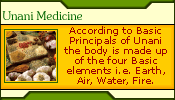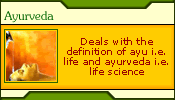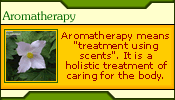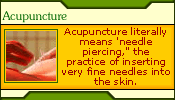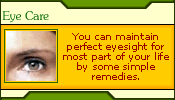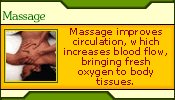|
A disease-free system should be the starting ground for yogasanas
and pranayama. There are six specific cleansing techniques, known
as Shat Kriyas, which eliminate impurities and help cure many ailments.
Of these, the following four can be practised safely.
Jalaneti :
Most diseases of the nose and thraot are caused by the accumulation
of impurities in the nasal passage. Jalaneti is a process of cleansing
the air passage of the nostrils and the throat by washing them with
tepid saline water. Take a clean jalaneti pot. Put half a teaspoonful
of salt in the pot and fill it with lukewarm drinking water. Stand
up and tilt your head slightly to the right. Insert the nozzle of
the pot in the left nostril and let the water flow into it. Inhale
and exhale through the mouth, allowing the water to flow out through
the right nostril. Reverse this process by tilting your head to
the left and letting the water flow from the right to the left nostril.
Jalaneti should be practised only in the morning. It will relieve
sore throat, cold, cough, sinusitis, migraine, headache and cases
of inflammation of the nasal membranes. It keeps the head cool and
improves vision.
Vamana Dhouti or Kunjal :
This is a process of cleansing the interior of the stomach. Drink
four to six glasses of tepid water, with a little salt added to
it, early in the morning on an empty stomach. Then stand up, bend
forward, insert the middle and index fingers of the right hand into
the mouth until they touch the uvulva. Tickle it until you feel
a vomiting sensation. The saline water thus ejected will bring up
bile and other toxic matter with it. Repeat the process till all
the water is vomitted out. This should be done once a week or as
and when necessary.
It is beneficial for cleansing the stomach in cases of excessive
bile, constipation, and gastric troubles. Persons suffering from
hyperacidity should perform kunjal with unsalted water. It gives
relief from headaches, nervous weakness, chronic cold, cough and
asthma. It should not be practised by those suffering from high
blood pressure, ulcers and heart trouble.
Kapalbhati :
Kapala means 'skull' and bhati means 'shine'. This is a respiratory
exercise for the abdomen and diaphragm. The channels inside the
nose and other parts of the respiratory system are purified by this
exercise. In the process, the brain is also cleared.
Sit in a comfortable position, preferably in padmasana. Exercise
the diaphragm by exhaling suddenly and quickly through both nostrils,
producing a hissing sound. Inhaling will be automotive and passive.
The air should be exhaled from the lungs with a sudden, vigorous
inward stroke of the front abdominal muscles. The abdominal stroke
should be complete and the breath should be expelled fully. While
inhaling, no willful expansion is necessary and the abdominal muscles
should be relaxed. This exercise should be done in three phases,
each consisting of 20 to 30 strokes a minute. A little rest can
be taken in between . Throughout, the throacic muscles should be
kept contracted.
Kapalbhati enables the inhalation of a good amount of oxygen which
purifies the blood and strengthens the nerve and brain centres.
This kriya provides relief in many lung, throat and chest diseases
like chronic bronchitis, asthma, pleurisy and tuberculosis.
Trataka :
In yoga, four exercises have been prescribed for strengthening
weak eye muscles, relieving eye strain and curing of eye disease.
They are known as ' Trataka ' ,which in sanskrit means ' Winkles
gaze at a particular point." or looking at an object with awareness.
The four tratakas are : Dakshinay jatru trataka in which, with face
forwards, the eyes are fixed on the tip of the right shoulder ;
Vamajatru trataka, in which the eyes are fixed on the tip of the
left shoulder ; Namikagra trataka, in which the eyes are focussed
on the tip of the nose, and Bhrumadhya trataka, in which the eyes
are focussed on the space between the eyebrows.
These exercises should be practiced from a meditative position
like padmasana or vajrasana. The gaze should be maintained for as
long as you are comfortable, gradually increasing the period from
10 to 20 and then to 30 seconds. The eyes should be closed and rested
after each exercise. Persons with acute myopia should perform the
tratakas wit h their eyes closed.
|



